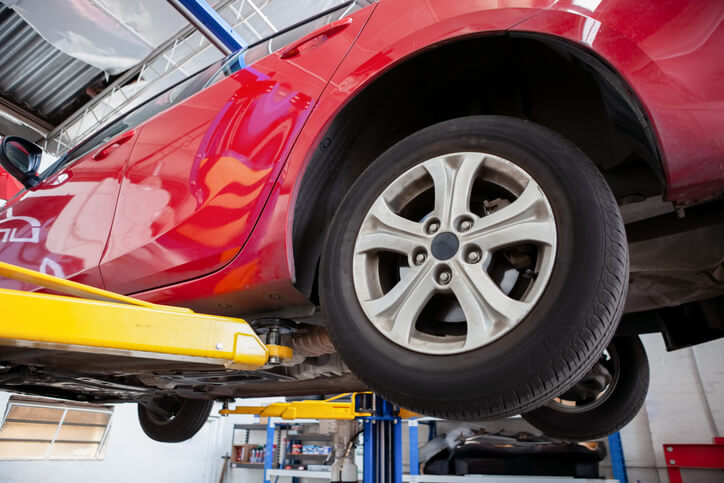5 Essential Best Practices for Frame Repair After Auto Body Training
Mastering the art of auto body repair takes auto body training, dedication, and practice. However, within this vast field, frame repair presents a unique challenge that demands precision and a deep understanding of a vehicle’s structural integrity.
Even after completing auto body training, there’s always more to learn. Here are five essential best practices to elevate your frame repair skills and ensure a successful outcome in every project.
1. Leverage Your Automotive Training and Assess the Damage With Precision
Damage assessment is vital to any auto body training and a cornerstone of a successful frame repair. Start by thoroughly inspecting the damaged area and surrounding frame components. Look for bends, cracks, misalignments, and rust or metal fatigue. Take detailed measurements to determine the extent of the damage and the precise corrections needed.
Invest in high-quality measuring tools like frame straightening benches, digital measuring systems, and laser levels. These tools ensure precise measurements and a clear understanding of the repair requirements. This will help you create a repair plan that restores the frame to the manufacturer’s specifications.
Don’t hesitate to consult with experienced technicians or structural engineers for severe frame damage or compromised safety structures. Their expertise can be invaluable in determining the feasibility of repair or the need for frame replacement.

2. Embrace the Power of Pulling and Heating Techniques
Modern frame repair relies heavily on pulling and heating techniques to manipulate and reshape the damaged metal. Pulling involves using specialized jigs, clamps, and hydraulic pulling systems to exert controlled force on the bent frame sections. This method allows for gradual and precise realignment of the metal back to its original form.
In some cases, applying controlled heat can be necessary to relax the metal’s molecular structure, making it more malleable for pulling and shaping. Techniques like oxyacetylene torches or induction heating require proper training and safety precautions to avoid overheating or damaging the metal. Both pulling and heating techniques require finesse and experience. Practice on scrap metal or non-critical vehicle components before attempting repairs on vehicles.
3. Ensure Accurate Welding Techniques
Welding plays a crucial role in reinforcing frame repairs and restoring structural integrity. The type of welding process used depends on the specific metal composition of the frame and the thickness of the material. Standard techniques include MIG (Metal Inert Gas) welding and TIG (Tungsten Inert Gas) welding.
Creating solid and durable welds is paramount. Maintain proper cleaning procedures for the weld area, ensure optimal settings for your welding machine, and practice creating clean, consistent welds with penetration. Welding involves intense heat and sparks. Always prioritize safety by wearing appropriate Personal Protective Equipment (PPE) such as welding helmets, gloves, and fire-resistant clothing.

4. Verification and Final Touches
Once the frame repair is complete, it’s crucial to verify the accuracy and quality of the work. Re-measure all the critical points on the frame to ensure they align with the manufacturer’s specifications. Even minor deviations can affect vehicle handling and safety.
Take the vehicle to a professional alignment shop to ensure the wheels are correctly aligned. Frame misalignment can cause uneven tire wear and handling issues. Once the repairs are verified, apply a coat of high-quality rust preventative to the repaired areas and any exposed metal. This helps prevent future corrosion and protects the structural integrity of the frame.
5. Continuous Learning and Skill Development
The auto body repair industry constantly evolves with advancements in materials and repair techniques. New technologies like laser welding and advanced measuring systems enter frame repair shops. Research and stay updated on these advancements to enhance your skill set and offer a broader range of repair solutions.
Consider enrolling in specialized auto body courses on frame repair techniques, advanced welding methods, or specific industry tools. This continuous learning ensures you stay proficient and adapt to the ever-changing industry.
Are you interested in our automotive training?
Contact ATC Surrey for more information.


